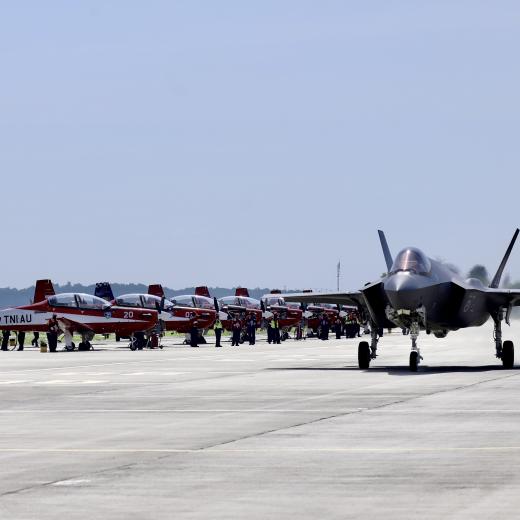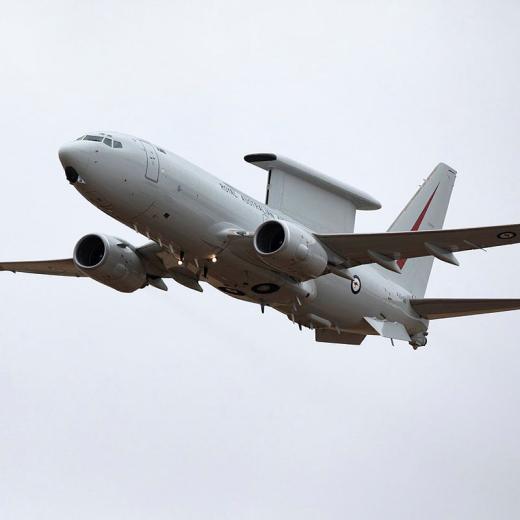BLUF
This article argues that the G7’s Build Back Better World is more than a match for China’s Belt and Road Initiative but needs careful and concerted strategic marketing to realise its full potential.Summary
China's Belt and Road Initiative is a masterful marketing program and mainstay of China's foreign policy worldwide. However, completed projects make up only a small percentage of the total, and much of China's funding is through loans, leading to debt-trap diplomacy. By contrast:
- The EU is the largest direct foreign investor in ASEAN nations, and Japan and the U.S. invest more than China.
- In Africa, the story is the same; the EU is the largest investor, mainly through grants.
- The Asian Development Bank's (Japan) lends more than the Asian Infrastructure Investment Bank (China).
The Build Back Better World infrastructure and investment program is designed to bring in new capital and counter the BRI through increasing public/ brand awareness and visibility. However, the U.S. focus on calling the BRI a blueprint for Chinese global domination might be counterproductive.
References
- Jun 2021First Post Explained: As G7 plans Build Back Better World, here’s how much China has spent on the Belt and Road Initiative
- Jun 2021 FP The Build Back Better World Partnership Could Finally Break the Belt and Road
- Jun 2021 the Diplomat Build Back Better World’ and the Belt and Road Are Not Necessarily at Odds
- Jul 2021 MEI@75 the ‘Build Back Better World”: An Alternative for the Middle East?
RAAF RUNWAY: RATIONALE, GUIDELINES, LEARNING OUTCOMES, ETC |




